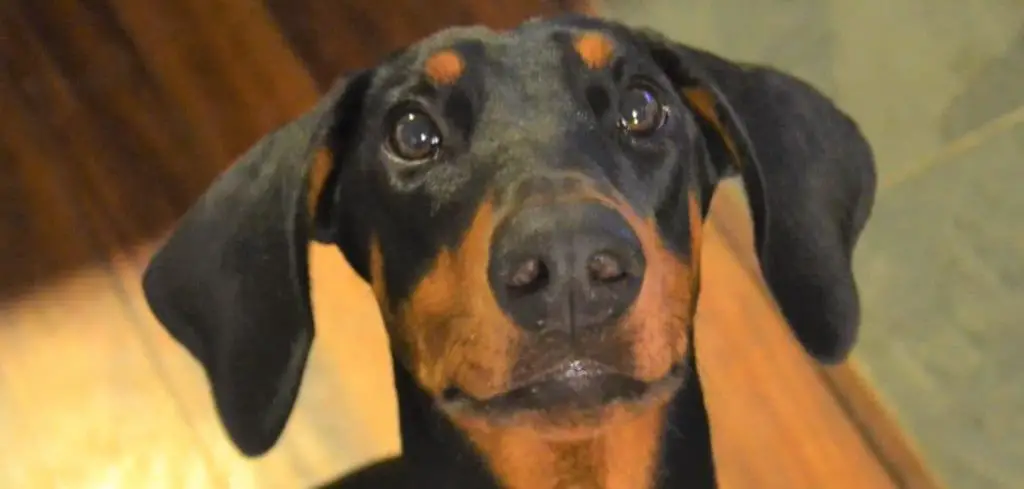It can be alarming to see your dog drooling excessively after eating. While some drool is normal—especially in certain breeds—sudden or heavy drooling after meals can point to underlying issues that need attention.
We outline the common causes of excessive drooling after eating in dogs, what you can do at home, and when to seek veterinary help.
Dog Drooling Excessively After Eating — Why It Happens
Excessive drooling after eating can be caused by dental problems, nausea, food sensitivities, mouth injuries, or even something stuck in your dog’s mouth. Some dogs may drool due to pain when chewing, while others might have an upset stomach triggered by certain ingredients.
In rare cases, neurological issues or poisoning could also lead to this behavior. Regardless of the cause, it’s important to understand the context and look at other symptoms that accompany the drooling.

Dog Drooling Excessively After Eating: Common Causes
Dental Disease
Dental disease is one of the most common reasons for excessive drooling in dogs, especially after eating.
When a dog has inflamed gums, infected teeth, or painful oral lesions, chewing food can irritate the mouth further.
This leads to hypersalivation as the body tries to soothe the irritation.
You may also notice bad breath, bleeding gums, pawing at the mouth, or even reluctance to eat. Dental disease can lead to abscesses, tooth loss, and significant pain if untreated.
Read more: Dog Drooling and Not Eating (Is it something serious?)
Foreign Object Stuck in the Mouth
Something as simple as a small bone shard, splinter, or piece of toy can become lodged in your dog’s gums, between teeth, or under the tongue.
After eating, food particles might push against the object and worsen discomfort, causing your dog to drool excessively.
You might see your dog pawing at their face, refusing to chew, or becoming irritable. This can quickly lead to infection if not addressed.
Nausea or Gastrointestinal Upset
Dogs that feel nauseated often drool as a precursor to vomiting. If your dog has a sensitive stomach or has eaten something that disagrees with them, the digestive upset may trigger excessive salivation.
Conditions like acid reflux, gastritis, or even mild food poisoning can all lead to this symptom after meals.
Other signs might include licking lips frequently, pacing, grass eating, or actual vomiting after drooling.
Food Allergies or Sensitivities
Some dogs develop adverse reactions to certain ingredients in their food. While skin-related symptoms are common, food sensitivities can also cause oral inflammation or digestive irritation.
In these cases, drooling may start shortly after meals as the body reacts to the offending ingredient.
Look for signs like itching, ear infections, gas, diarrhea, or repeated vomiting. These often accompany allergic reactions.
Oral Injuries or Ulcers
Burns from hot food, scratches from bones, or ulcers from chewing hard objects can all cause pain when eating.
The pain triggers excess saliva production as the body tries to protect and cool the affected area.
You may spot small sores inside the mouth, notice your dog flinching while chewing, or see blood-tinged saliva. Oral injuries may seem minor but can be very painful.
Toxin Ingestion or Poisoning
If your dog gets into a toxic substance—like certain plants, cleaning agents, or human medications—it can irritate the digestive tract or mouth.
Drooling is often one of the first signs of poisoning, particularly if the toxin burns or inflames oral tissues.
Other symptoms may include vomiting, trembling, seizures, or collapse. This is a medical emergency and requires immediate care.
What to Do If Your Dog Is Drooling Excessively After Eating
Start by observing your dog closely during and after meals. Try to identify if there’s a pattern—such as drooling only after certain types of food—or if the behavior is new.
If your dog seems otherwise normal and happy, you can gently check their mouth for obvious injuries or stuck objects. Be cautious, as pain may make your dog defensive.
Switching to a bland or hypoallergenic diet for a few days can help rule out food-related causes. Offer soft food if chewing seems painful.
Keep water available to help with hydration and monitor for additional symptoms like vomiting, loss of appetite, or changes in behavior.
Always avoid giving human medications or trying home remedies unless instructed by a vet.
When to Call or Visit Your Vet
Call your vet promptly if your dog:
Continues drooling heavily beyond 30–60 minutes after eating
Shows signs of mouth pain (whimpering, pawing at the face)
Refuses food, vomits, or seems lethargic
Has visible injuries or swelling in the mouth
Develops bad breath, bleeding gums, or loose teeth
Also seek emergency care if you suspect toxin ingestion, as early intervention can be lifesaving.
If symptoms persist over multiple meals, even without severe signs, schedule an exam to rule out dental issues or allergies.
Read more: Dog drooling and not eating but drinking water (Should you worry?)
Key Takeaway
Excessive drooling after eating can be a minor issue—or a sign of something more serious. From dental pain and nausea to possible toxins, it’s essential to observe your dog closely and act when needed.
If your dog’s behavior changes, or the drooling is accompanied by pain or distress, don’t wait to contact your veterinarian.
Early diagnosis can help prevent complications and keep your pup comfortable and safe.
